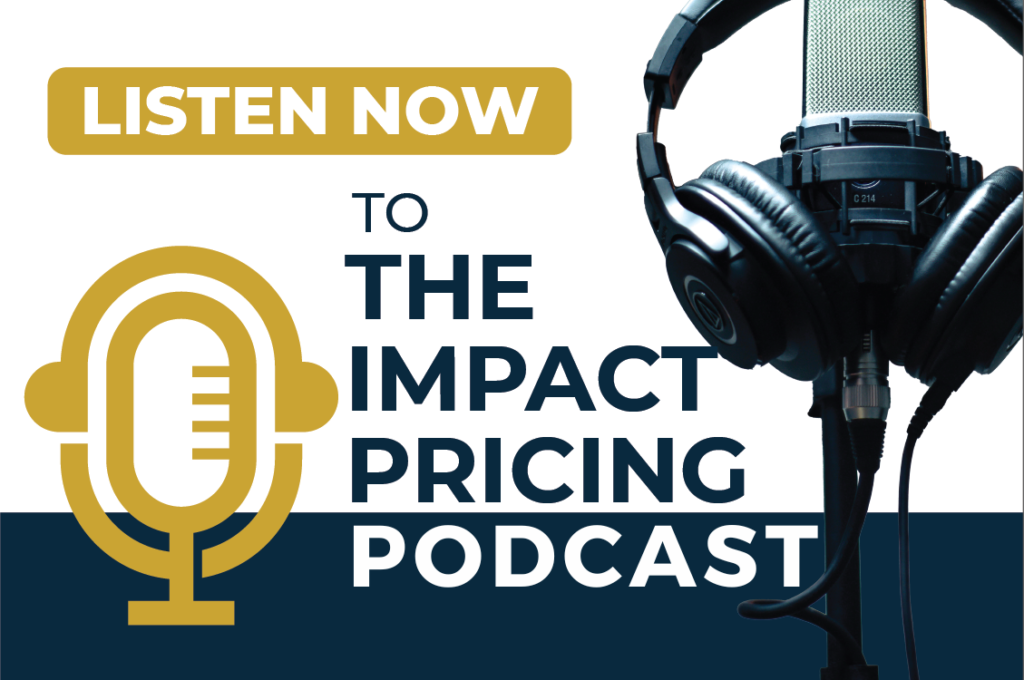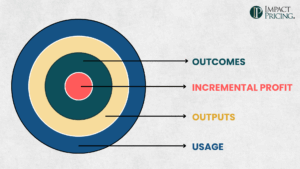You can listen to the full audio version of this blog we call — Blogcast.
Let’s be honest. There’s a fine line between pricing smart and pricing sleazy. And most of us working in pricing walk that line regularly, sometimes without realizing we’ve crossed it.
We know that price segmentation, charging different prices to different customers based on their willingness to pay, is a legitimate and often essential pricing strategy. It allows companies to serve more buyers, capture more value, and remain competitive. But what happens when segmentation gets so personalized, so invisible, and so one-sided that it no longer feels fair?
We’re now living in a world of surveillance pricing, where companies use your online behavior, device type, location, and even your level of urgency to adjust what you pay. It’s precise. It’s profitable. And for many people, it feels downright creepy.
If you haven’t seen it, this 5-minute video titled The Shady World of Surveillance Pricing featuring FTC Chair Lina Khan lays out some of the concerns. It’s worth watching, even if you believe, like I do, in the power of segmentation, because it captures a growing unease around how pricing works in the digital age.
Add behavioral economics to the mix, with tools like anchoring, loss aversion, and nudging, and suddenly we’re not just setting prices based on segments. We’re shaping buyer behavior in subtle ways. The intent might be to help, but the outcome isn’t always so clean.
So where is the line? When does pricing become manipulation?
A Framework for Evaluating Tactics
Here are four key elements when evaluating whether a pricing tactic is ethical or manipulative: intent, transparency, buyer perception, and control.
Start with intent. Healthy pricing is designed to help the buyer make a good decision based on the value they will receive. Manipulative pricing aims to extract more money, even when the product or service doesn’t justify it.
Next is transparency. With healthy pricing, the buyer understands or expects the logic behind the price. When pricing becomes manipulative, the buyer has no idea why they are being charged differently or that personalization is even happening.
Then comes buyer perception. Pricing that feels fair, even if not equal, tends to maintain trust. Pricing that feels sneaky or discriminatory damages that trust, even if technically defensible.
Finally, consider control. In healthy pricing, the buyer can choose or influence their segment, for example, by buying early, purchasing in volume, or choosing a self-serve plan. When pricing becomes manipulative, the buyer has no meaningful way to avoid being targeted.
If a pricing tactic raises red flags across these dimensions, it might be time to rethink it, even if it’s generating results.
Let’s Apply This
Think about price segmentation. Charging more in higher-income zip codes is generally seen as reasonable. The logic is clear, and many businesses do this to match local market conditions. But charging more based on what browser someone uses or whether they own an iPhone starts to feel slippery. It’s still segmentation, but it’s invisible and based on inferences the buyer never agreed to share.
Surveillance pricing takes this a step further. Dynamic pricing based on real supply and demand, like Uber’s surge pricing, is annoying, but it’s expected and often tolerated. What feels trickier is showing different e-commerce prices based on someone’s cookies, browsing history, or level of desperation. If buyers knew they were being targeted like that, they might not feel great about it.
Behavioral economics is another area where intent matters. Anchoring a price with a high-priced premium option is smart and very common. Most buyers see that for what it is — a way to help them frame value. But when businesses use false urgency, hide lower-cost options, or intentionally confuse the choice, that moves into manipulation.
Wait! What About Fairness?
Here’s a tough truth. Fairness is in the eye of the beholder. That means pricing needs to look fair to the buyers. What we think, doesn’t matter.
This is why we don’t frame segmentation as penalties. We set a high list price and then offer discounts to deserving segments like students, nonprofits, or loyal customers. People generally view that as fair.
But reverse the framing. Start with a low price and then surcharge people who “can afford it.” It suddenly feels like discrimination. It’s the same pricing math, but the perception changes entirely. Buyers don’t just care about outcomes. They care about process, about dignity, about being respected as decision-makers.
Pricing ethically is not just about numbers. It’s about presentation, empathy, and trust.
What’s the Right Approach?
This isn’t a call to abandon powerful pricing tools. It’s a call to pause and reflect.
As pricing professionals, we have influence over how companies earn trust or lose it. The same tactics that drive revenue in the short term can damage brand equity in the long term if buyers feel deceived.
I’m not pretending to have the perfect answer. But I believe this question matters: Are we helping buyers make confident decisions? Or are we taking advantage of them when they can’t see what’s happening?
Let’s open the conversation. Where do you draw the line? What makes a pricing tactic feel ethical or not? And how do you talk about this with your team or leadership?
Share your comments on the LinkedIn post.
Now, go make an impact!
 Tags: pricing, pricing foundations, pricing metrics, pricing skills
Tags: pricing, pricing foundations, pricing metrics, pricing skills













